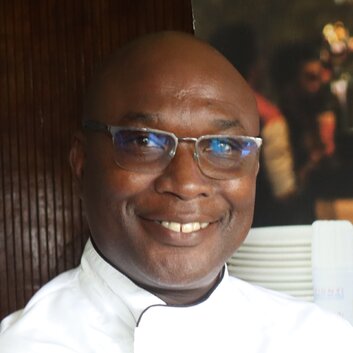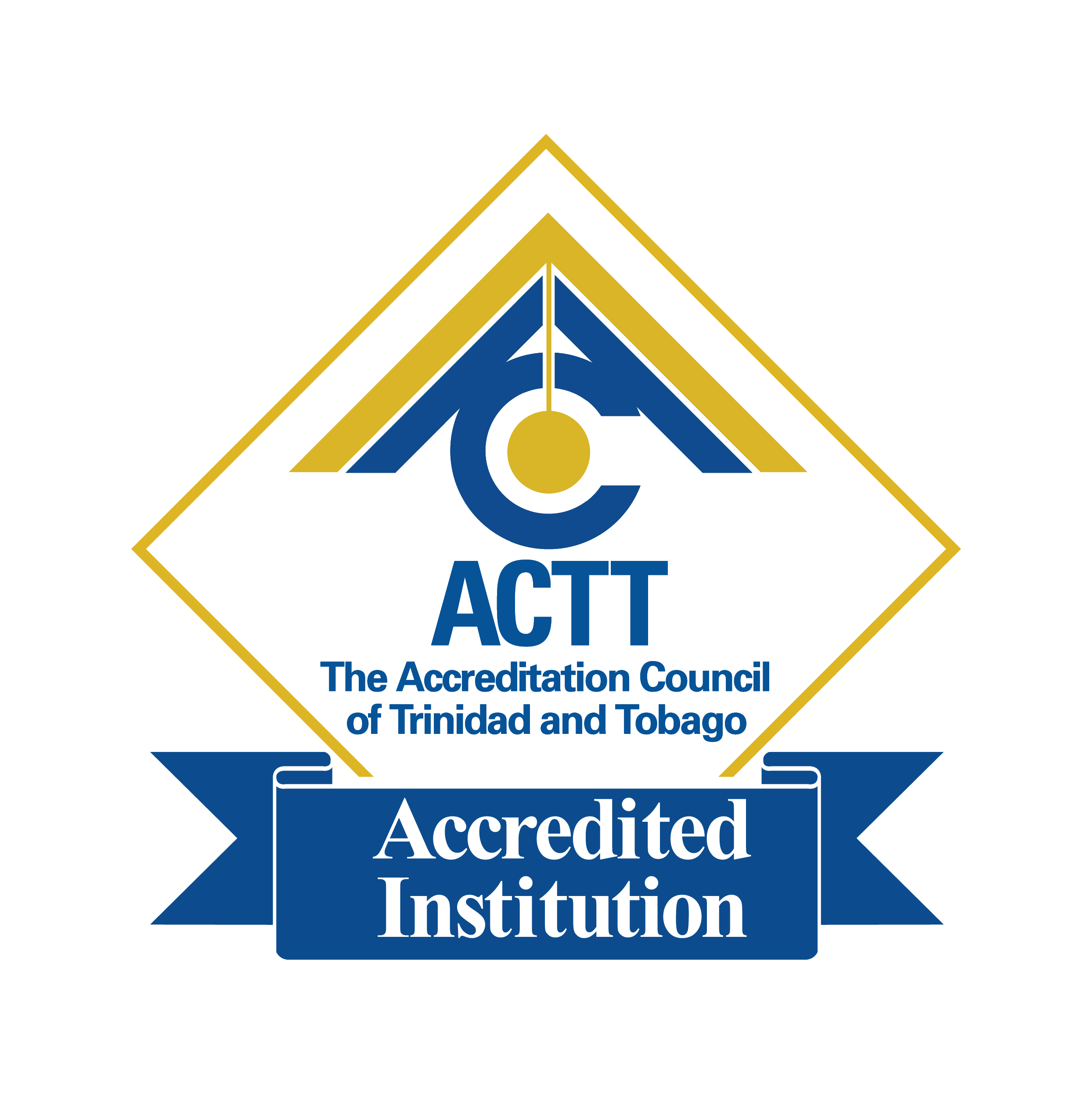Understanding Baking Techniques: Mixing, Proofing, and Baking
- Share this post
Baking is both a science and an art. It involves precise measurements, careful techniques, and a dash of creativity. Whether you’re a beginner baker or a seasoned pro, understanding the fundamental baking techniques is essential for achieving delicious and consistent results. The Tobago Hospitality & Tourism Institute provides both associate degree and short courses that help individuals to foster their skills and creativity in this field.


Mixing:
Mixing is the process of combining ingredients to create a uniform batter or dough. Proper mixing ensures that the ingredients are evenly distributed, resulting in a well-balanced final product. Here are some key points to remember:
- Start with softened ingredients: For most recipes, it’s important to bring ingredients like butter or eggs to room temperature before mixing. This allows for better incorporation and smoother texture.
- Use the correct mixing method: Different recipes call for specific mixing methods, such as creaming, beating, or folding. Creaming is commonly used for cakes, beating is used for batters or doughs and folding, is a gentle technique used to incorporate delicate ingredients without deflating them.
- Mix just until combined: Overmixing can result in tough or dense baked goods. Mix until the ingredients are just combined, unless otherwise specified in the recipe.
Take a look at some of our students using different flour mixing techniques:
Proofing:
Proofing, also known as fermentation, is the process of allowing yeast dough to rise before baking. It is crucial for achieving the desired texture, flavor, and structure in bread and other yeast-based baked goods. Here are some important aspects of proofing:
- Give dough time to rise: After mixing the dough, it needs to rise in a warm and draft-free environment. This allows the yeast to ferment, producing carbon dioxide bubbles that create a light and airy texture.
- Know when the dough is ready: The dough should double in size during the proofing process. You can check if the dough is ready by gently pressing it with your finger. If the indentation remains, it has properly proofed. If it springs back too quickly, it needs more time.
- Control the temperature: Yeast is sensitive to temperature. Too high, and the yeast can overactivate, resulting in an overly yeasty flavor. Too low, and the dough may take longer to rise.
Baking:
Baking is the final step that transforms your dough or batter into a delightful, finished product. It involves precise temperature control and proper timing. Consider the following points:
- Preheat the oven: This ensures even heat distribution and proper baking results.
- Position the rack correctly: Place the baking rack in the center of the oven to allow for even heat circulation. This helps prevent over-browning or undercooking.
- Use appropriate bakeware: Ensure you use the recommended bakeware to achieve the desired outcome. Non-stick pans or parchment paper can prevent sticking and make the removal process easier.
- Keep an eye on the bake time: Check for doneness by inserting a toothpick or cake tester into the center of the baked goods. If it comes out clean or with a few crumbs, the item is done.
- Allow for cooling: This helps the flavors settle and prevents excessive moisture loss.
By understanding and mastering these fundamental baking techniques, you’ll be well on your way to creating delectable cakes, breads, and other baked goods. Remember, practice makes perfect, so don’t be afraid to experiment, learn from your experiences, and most importantly, enjoy the process of baking!
To discover more about our baking short courses: Baking Boot Camp, The Art of Laminated Pastry or The Art of Cakes and Quick Breads!
If you want to pursue an Associate Degree, look into our Culinary Arts programme.
For further information, email marketing@thti.edu.tt or call +1 (868) 303-5153.
- Share this post
Upcoming Events:
Related Posts:
More You Might Like
Upcoming Short Courses:
- Lecturer: Vernella Jack-Joseph
- Online Classes, Face to Face
- 30hours
- Short Courses
- Lecturer: Chef Vergiss Lovelace
- Face to Face
- 36 hours
- Short Courses
- Lecturer: Lisa Jessamy
- Online Classes
- 6 hours
- Short Courses
- Lecturer: Vernella Jack-Joseph
- Online Classes, Face to Face
- 45 hours
- Short Courses
- Lecturer: Raakesh Madoo
- Online Classes
- To Be Announced
- Short Courses
Upcoming Courses:
- Lecturer: Chef Kwesi Selvon
- Online Classes, Face to Face
- 36 hours
- Short Courses
- Lecturer: Chef Kwesi Selvon
- Face to Face
- 36 hours
- Short Courses
- Lecturer: William Trim
- Face to Face
- 48 hours
- Short Courses
- Lecturer: Chef Vergiss Lovelace
- Face to Face
- 6 hours
- Short Courses
- Lecturer: Raakesh Madoo
- Online Classes, Face to Face
- 30 hours
- Short Courses



















